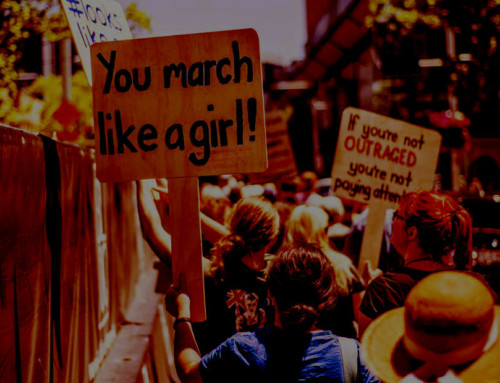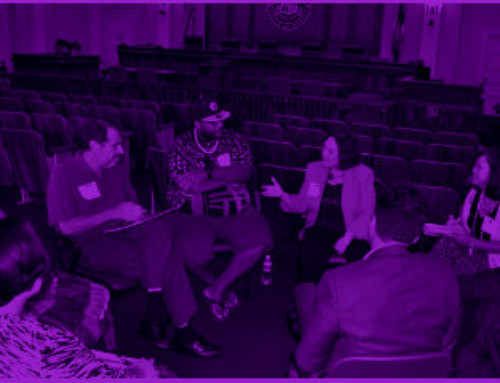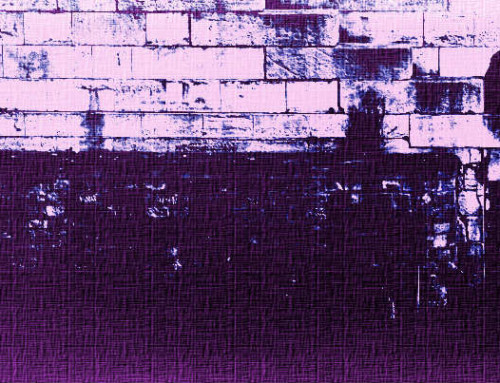During the campaign against blood feuds in Kosovo the largest reconciliation meeting was a gathering at Verrat e Llukës on 1 May 1990 where even the official Tanjung Agency of the Yugoslav regime reported 100,000 participants. Leaders of the reconciliation guessed 500,000 in the crowd. Parts of this event can be viewed in the following video:
The event, especially in combination with the preparatory meetings leading to it,satisfies a definition of restorative justice as an opportunity for all the stakeholders involved in a crime to discuss what might be done to repair the harm and meet the needs of all stakeholders.
This must have been one of the largest restorative gatherings known in human history, if not the largest. Over a period of three years approximately one third of the entire population of Kosovo were documented to be actively involved in the campaign for blood feuds reconciliation.
In Did Nonviolence Fail in Kosovo? Aleksandar Marsavelski, Furtuna Sheremeti and John Braithwaite argue that the campaign was effective in dramatically reducing blood feuds and therefore the homicide rate in Kosovo. The paper explains how the campaign against blood feuds was part of a wider nonviolent resistance strategy to the Milosevic Yugoslavian regime. Its argument is that nonviolence in Kosovo failed to prevent war but succeeded in creating a less violent society before and after the war.






Leave A Comment